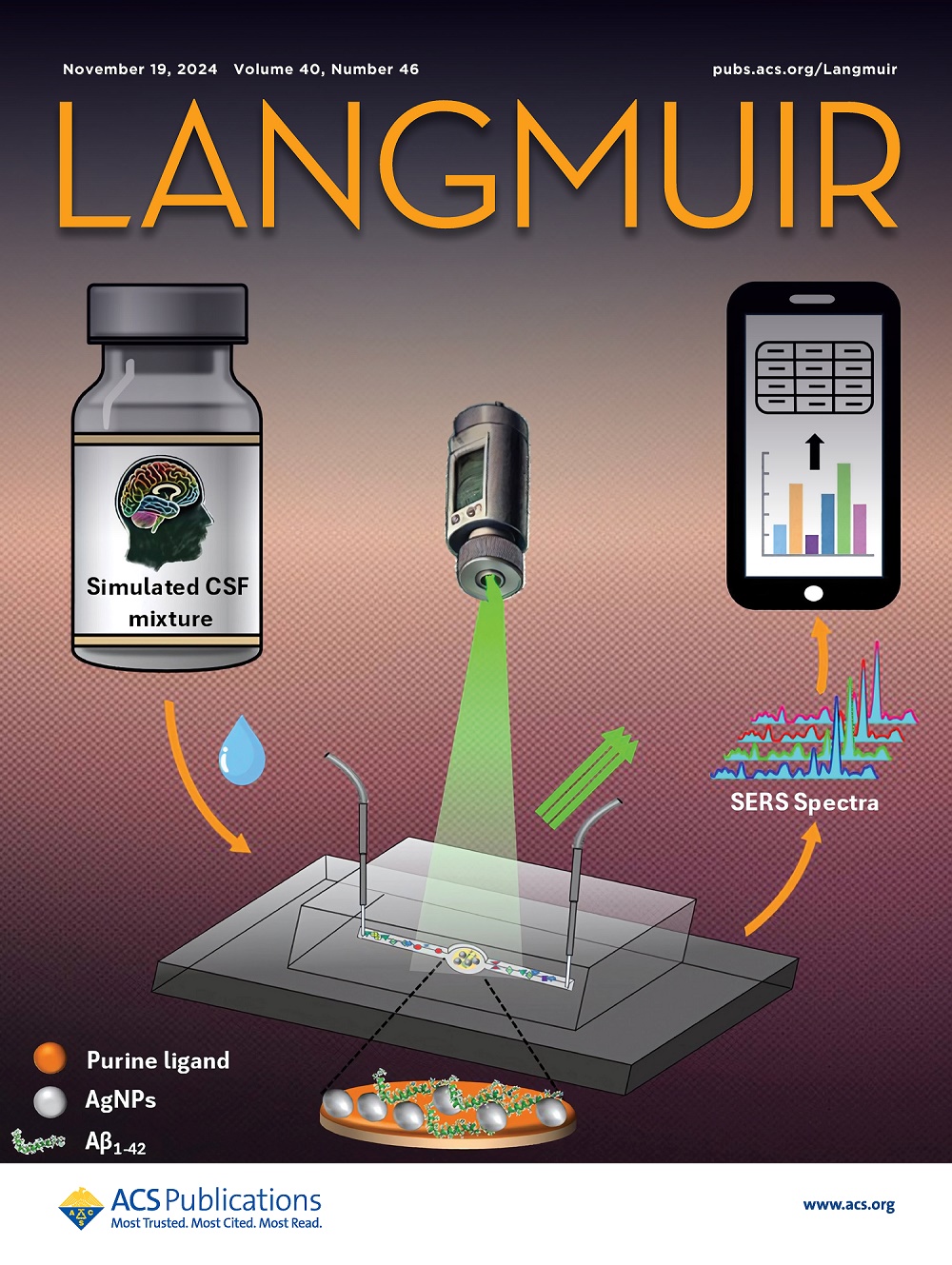Decorating Natural Silk Nanofiber Aerogel with a Hierarchical Structure via TiO2 for Improved UV Protection and Radiation Cooling
IF 3.7
2区 化学
Q2 CHEMISTRY, MULTIDISCIPLINARY
引用次数: 0
Abstract
Daytime radiant cooling achieves a sustainable cooling effect by reflecting sunlight and radiant heat. However, absorption of sunlight by emitters and parasitic heat gain can significantly reduce radiative cooling temperatures. To improve the light reflectivity and emissivity in the mid-infrared band, SNF@TiO2 aerogel with high stability and efficient radiative cooling effect was constructed using nanosilk and titanium dioxide. The hierarchical structure of the aerogel stores more air, which reduces the thermal conductivity (0.0333 W·m–1·K–1) and parasitic heat gain. TiO2 provides excellent UV resistance while increasing solar reflectance and atmospheric window emissivity. The average solar reflectance and average IR emissivity of SNF@TiO2 were 89.4 and 92.3%, respectively. Compared with the subambient (I: 800 W·m–2, PE-covered air) temperature, the average cooling temperature of SNF@TiO2 under direct sunlight reached 11.5 °C. Meanwhile, the outdoor subambient (I: 900 W·m–2, PE-covered air) average temperature drop of SNF@TiO2 reached 12.1 °C after UV (40 mW·cm–2) continuous radiation for 10 days (6 h per day), displaying highly stable radiative cooling properties. In addition, the SNF@TiO2 aerogel has good mechanical elasticity and thermal insulation properties. This study offers great potential for silk fiber materials for outdoor radiant heat management.

求助全文
约1分钟内获得全文
求助全文
来源期刊

Langmuir
化学-材料科学:综合
CiteScore
6.50
自引率
10.30%
发文量
1464
审稿时长
2.1 months
期刊介绍:
Langmuir is an interdisciplinary journal publishing articles in the following subject categories:
Colloids: surfactants and self-assembly, dispersions, emulsions, foams
Interfaces: adsorption, reactions, films, forces
Biological Interfaces: biocolloids, biomolecular and biomimetic materials
Materials: nano- and mesostructured materials, polymers, gels, liquid crystals
Electrochemistry: interfacial charge transfer, charge transport, electrocatalysis, electrokinetic phenomena, bioelectrochemistry
Devices and Applications: sensors, fluidics, patterning, catalysis, photonic crystals
However, when high-impact, original work is submitted that does not fit within the above categories, decisions to accept or decline such papers will be based on one criteria: What Would Irving Do?
Langmuir ranks #2 in citations out of 136 journals in the category of Physical Chemistry with 113,157 total citations. The journal received an Impact Factor of 4.384*.
This journal is also indexed in the categories of Materials Science (ranked #1) and Multidisciplinary Chemistry (ranked #5).
 求助内容:
求助内容: 应助结果提醒方式:
应助结果提醒方式:


